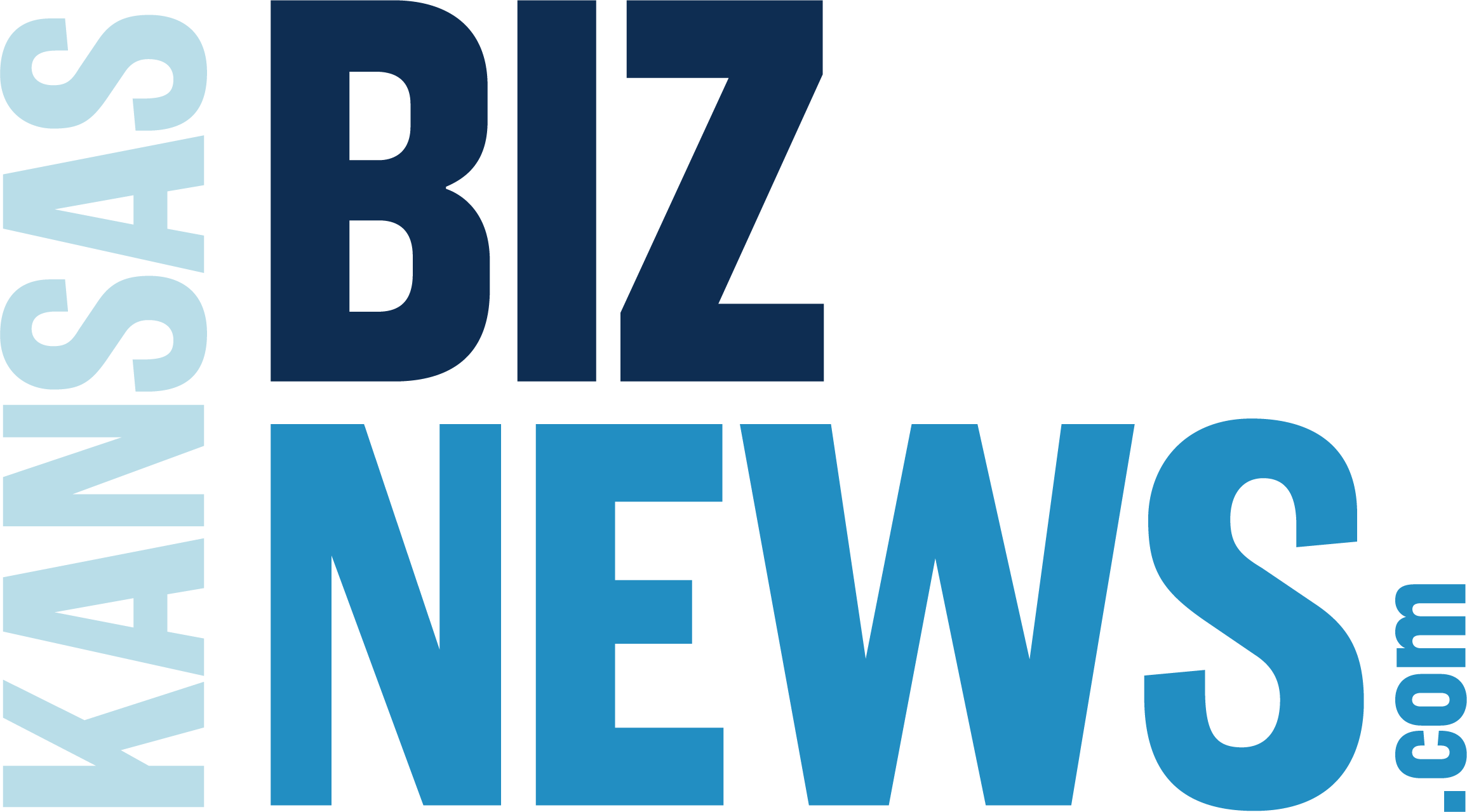
The Kansas Rural Mainstreet Index for May shrank to 35.4 from April’s 36.0.
A score of 50 is considered growth neutral, while anything below 50 is considered contraction. The index ranges between 0 and 100, with a reading above 50.0 representing growth. The scores are compiled from surveys of bankers in rural areas of a 10-state region that includes Kansas.
“Higher interest rates, weaker agriculture commodity prices, and higher grain storage costs pushed the overall reading below growth neutral for the ninth straight month,” said Creighton economics professor Ernie Goss of May’s report.
Kansas Individual Indicators
The state’s farmland price index decreased to 49.2 from 52.6 in April. According to trade data from the International Trade Association, exports of agricultural goods and livestock for 2024 year-to-date were up 3.7% from the same period in 2023.
The new hiring index for Kansas fell to 45.9 in May from 51.9 in April.
Regional Numbers
For the ninth straight month, the overall Regional Rural Mainstreet Index registered below growth neutral; however, the overall reading for May fell to 44.2 from 45.8 in April.
Farmland prices dropped below the neutral after nearly four and a half years above the 50.0 threshold.
Seven of the ten states included in the data have seen a fall in RMI from April to May, which include Colorado, Kansas, Missouri, Nebraska, North Dakota, South Dakota, and Wyoming.
Missouri saw the largest decrease in RMI this month, as the state began with 75.8 in April and fell to 51.2 in May.
Illinois, Iowa, and Minnesota all saw slight increases in RMI. Iowa recorded the largest spike, which increased to 40.6 in May compared to 36.7 in April.
Home and Retail Sales
Home and retail sales fell below growth neutral the past seven months. In May, the home sales index rose to 46.0 from 34.8 in April. The retail sales index for the month of May increased to 46.1 compared to 41.3 in April.
“Elevated mortgage rates and a limited supply of homes are sinking the home-sales index below growth neutral in rural areas,” Goss said. “High consumer debt, elevated interest rates, and weaker farm income are cutting into retail sales for the Rural Mainstreet Economy.”
Hiring
The new hiring index decreased to 50.0 in May, down from April’s 56.8
Over the past year, the U.S. Bureau of Labor Statistics Data shows that the Mainstreet Economy has increased jobs by 3.2%, whereas urban areas in the same states have only increased by 0.9%.
“Approximately 7.7% of bankers reported an increase in hiring from the previous month. This is down from 13.6% in April,” Goss said.


